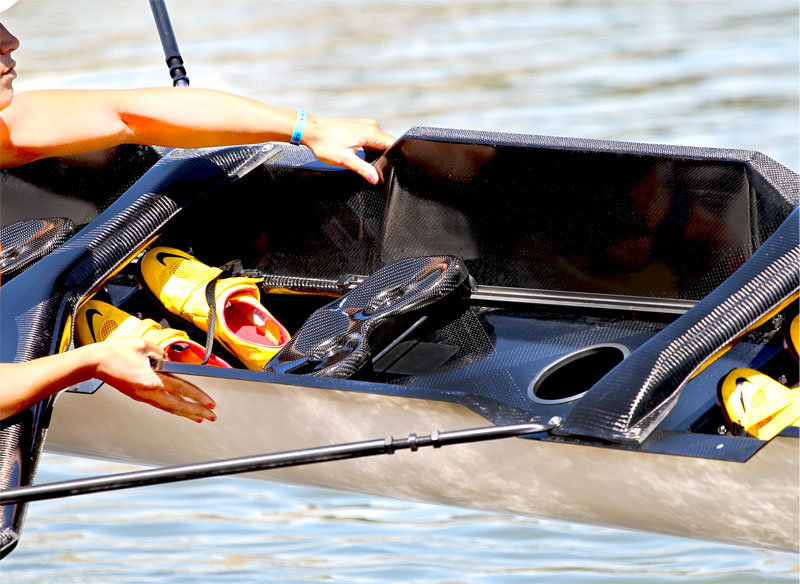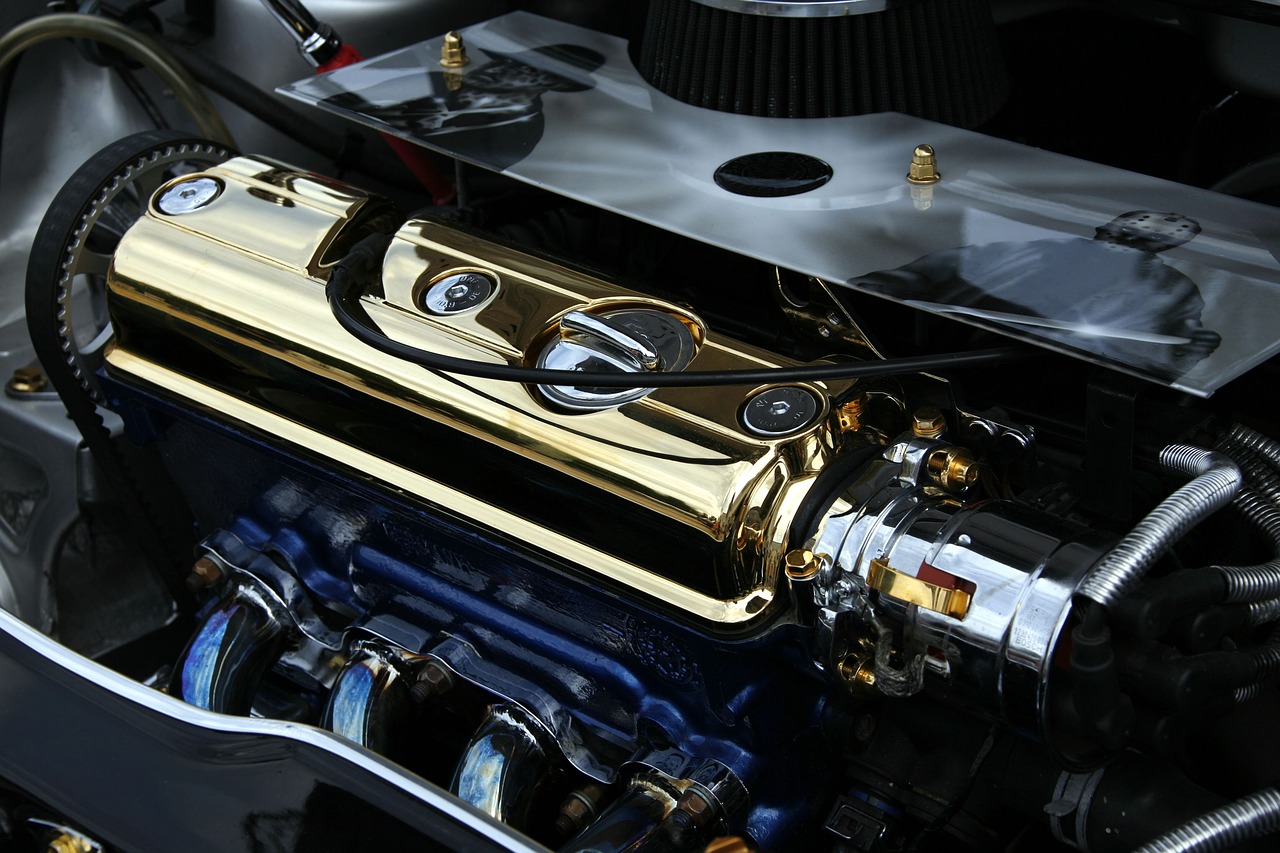In 1965, the Cambridge Boat Club, across the Charles River from Boston, USA, started the “Head Of The Charles Regatta”. It’s now grown into the largest annual two-day rowing event in the world.
This year, the event took place October 19th & 20th and included nearly 9,000 rowers and 2,031 boats from 650 universities and rowing clubs, with 37 states and 17 nations competing in 61 different race events. Twelve percent of race participants were from outside the US. An estimated 300,000 spectators watched the competition.
Races started near Boston University’s DeWolf Boathouse with a finish line three-miles upstream at Herter Park on Soldiers Field Road in Brighton. “Head” races are timed events and winners receive the title of “Head of the Charles.” There were dozens of types of races based on boat size: singles, doubles, fours and eights and rowers; men’s, women’s, seniors and more.
Who Makes Racing Shells? How Are They Made?
The are a couple dozen manufacturers for the world’s rowing community. One stalwart is Pocock Racing Shells, founded in Seattle, Washington, in 1911. Its early history is tied to England where one of its founders was from.
These days, Pocock uses a “monocoque” design, an approach to design that uses a structural approach that supports loads through the boats external skin, similar to an egg shell. The word “monocoque” comes from Greek for single (mono) and is also referred to as structural skin or stressed skin. This method of design is also used in automobiles, armored vehicles, rockets and two-wheeled vehicles, such as motorcycles.
Pocock Racing Shells uses a “hypercarbon laminate system” and has been rigorously studying and testing materials and load stresses for decades. Racing shells incorporate optimized fiber orientation and placement, use a maximum of 200 pounds of materials for an eight-oared shell carrying a nearly 1-ton crew and uses high-tech, high-performance epoxy resin and an advanced “wet laminating system” developed in cooperation with the University of Washington’s Department of Chemical Engineering.
The key to a fast boat is that it not change shape under water pressure and float the crew without bending or collapsing. Finally, it must hold oar locks and handle pressure from rowers who can exert 400 pounds of pressure behind the oar, without bending or breaking.








